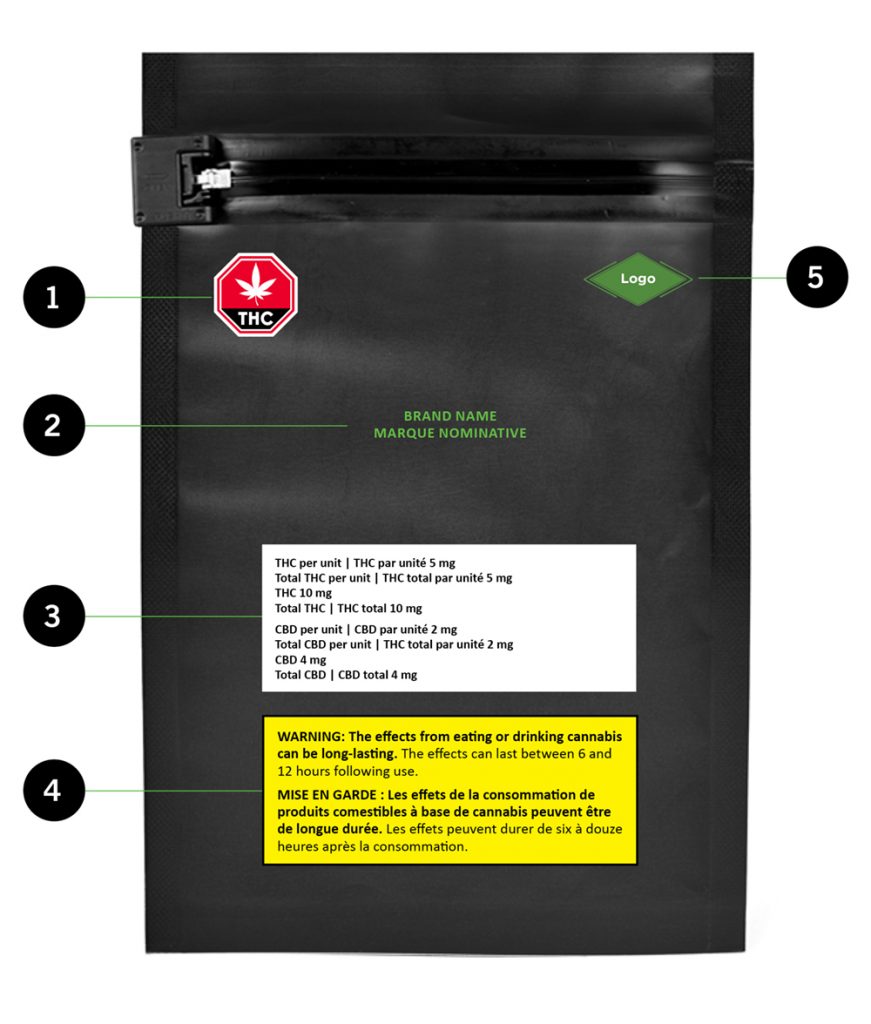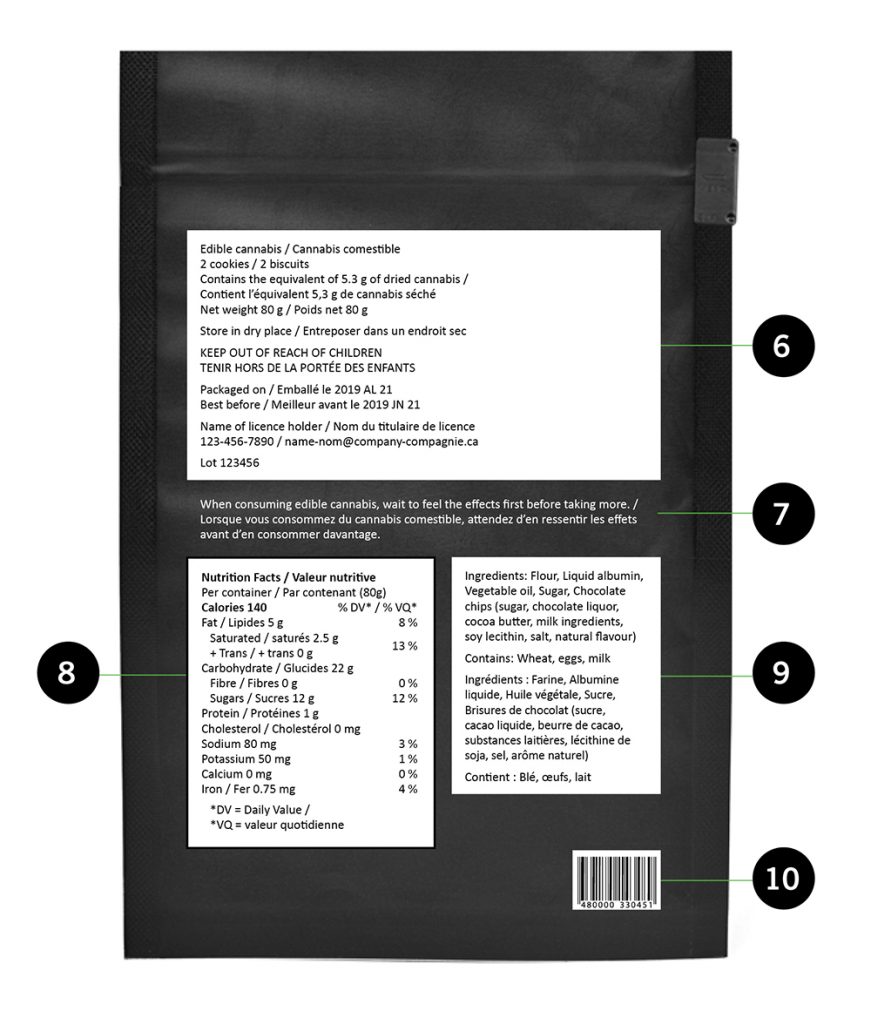Oct 12, 2020
How to Read Cannabis Labels
Potency and warnings and branding, oh my!
Even during the excitement of legalization launch, consumers were put off by the overwhelming amount of labelling on their cannabis products. Regulations insisted on including all relevant safety warnings and information, the product name, information and potency, and, of course, the LPs (licensed producers) wanted their branding on there as well.
Those unfamiliar with cannabis may be thrown off by the inclusion of two different THC and CBD numbers, too. What is the difference between the Active THC, Total THC, THCA, Potential THC and whatever else the brands decided to list (with their own, non-standardized, naming conventions)?
THC CBD ABC EFG XYZ
Don’t worry, you’re actually only reading two different measurements of the same things (THC and CBD). Let’s look at THC to walk through the numbers:
The higher number is the amount of THC in its primary form, when the plant first creates it, called Tetrahydrocannaibolic acid (THCA). The THCA/Potential/Total THC refers to how much THC will be produced after decarboxylation (heating) as the THCA converts over.
When heated, this acid converts to plain THC which is the form that our body processes. The smaller number is therefore the plain THC that exists in the plant in its current state. If you were to eat the whole bud raw that is how much THC would be in your system.
These percentages were originally displayed in nice, easy to digest numbers.
Here’s an example from the Government of Canada:

- The standardized cannabis symbol
- The brand name of the cannabis product
- THC and CBD content
- Health warning message
- Other brand element
- Other required information about the cannabis product
- Non-required information about the cannabis product
- Nutrition facts table
- List of ingredients
- Bar code

Cannabis 2.0
And then edibles came along and changed everything.
Flower products are measured in percent, to give you an idea of how much of that bud is made up of each cannabinoid and terpene as a whole. Edibles, however, can be more precise since you are adding in distillate that has been measured to the mg. You can know that your entire tray of brownies contains 1000mg of the THC distillate you put into it and ten pieces will all contain 100mg of THC. We don’t say things like, “This brownie is 30% because it weighs 100mg and contains 30mg of THC,” because the amount of medium (brownie, cookie, soft chew, etc.) makes zero difference in the THC. So, 10mg of THC in a tiny soft chew will have the same affect as 10mg of THC in a giant piece of cake.
When edibles were released to the legal market, someone somewhere made the decision to try and simplify things by getting both flower and edibles on the same measurement standard. Since, as we mentioned previously, edibles are near impossible to convert to a percentage, the decision was made to convert flower over to mg. Since flower comes in all different sizes they had to specify mg per something. Most brands went with mg/g, this allows a nice easy conversion by moving the decimal point over.
Apples to Oranges
Should they have done this? No, and for two reasons. First is that it creates unnecessary confusion and adds another element of math to the cannabis purchasing process. The second, and more important problem, is that it leads consumers to believe that edibles and smoking flower can be compared in terms of potency. Customers will frequently ask, “I smoke 25% flower, does this mean I need 250mg edibles?” No!
Edibles are a whole different ball game, When you smoke cannabis, it enters your bloodstream through your lungs and goes straight to your brain for immediate THC effects. When consumed in edible forms, the cannabinoids have to be processed by your stomach and sent to your liver before it can enter your bloodstream. Your liver also metabolizes the THC into 11-hydroxy-THC which is far more potent, has a much longer half life and can be dangerously overwhelming for people who aren’t prepared for it.
When you first try edibles, start with the Health Canada recommended starter dose of 2mg. No matter how much THC tolerance you have built up from smoking, your 11-OH-THC tolerance will not be there yet and it can be a very nasty surprise to non edible users.
Stoner math 2.0
But let’s get back to that flower percent conversion. Since 1g = 1000mg, if you are holding a 1g bud in your hand that is 22%, there is 220mg/g of THC in there.
The problem arose when they had to start labelling pre-rolls. Some companies stuck with mg/g but if you had a half gram pre roll it got a little confusing. Some companies started doing it by mg/unit, or however many mg of THC was in each pre-roll.
I just got my cannabis degree, now I have to get my math and chemistry degree, too?
There is a bit of math involved but fortunately your local budtender will have already done it for you and should be able to provide the percentage when requested.
